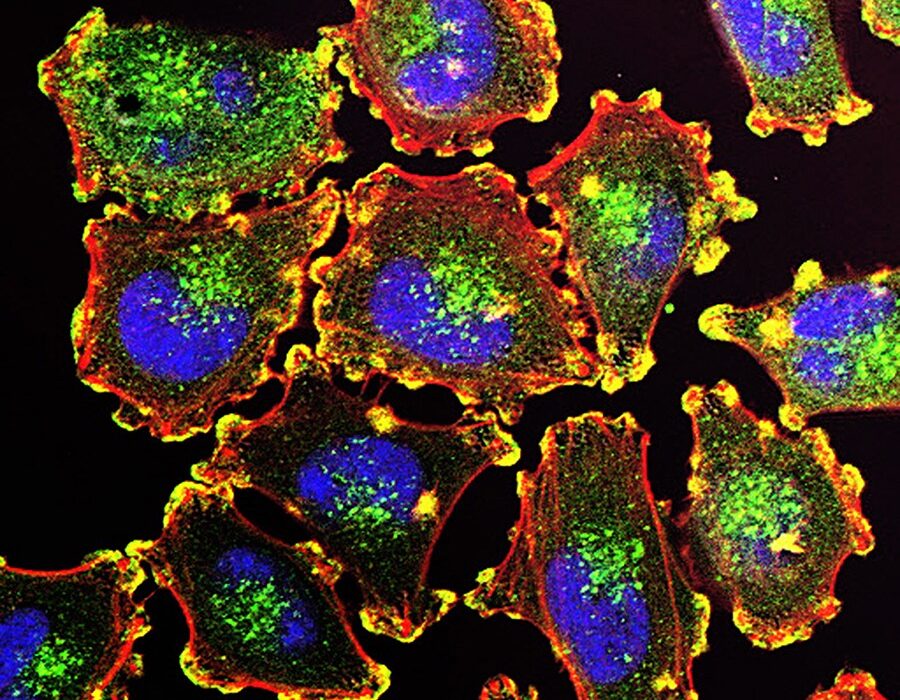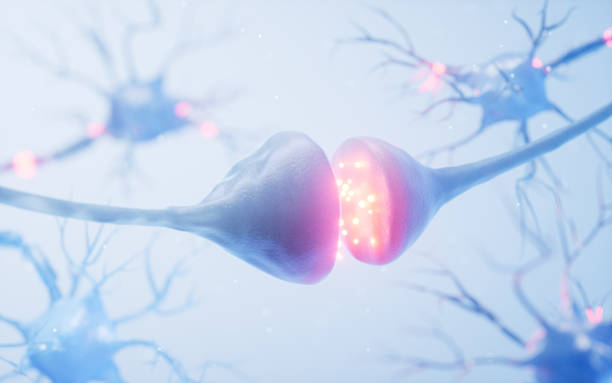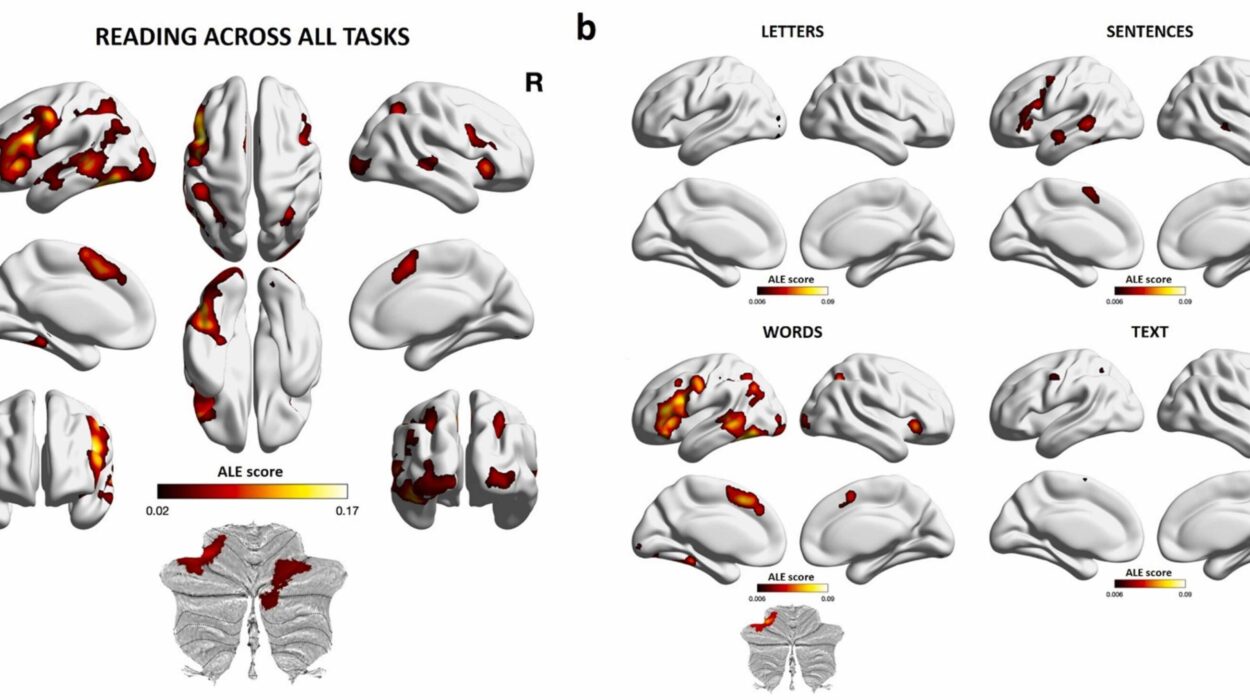In the quiet, sterile corners of a delivery room, a miracle happens every time a baby is born—especially so when the infant arrives too early, small and fragile, before 32 weeks of pregnancy. Medical teams spring into action, incubators warm up, and oxygen flows. But in recent years, a growing wave of caregivers has paused, not to whisk away these tiny newborns, but instead to place them—chest to chest—on their mother’s skin. This gentle act, known as skin-to-skin contact (SSC), is both simple and deeply symbolic: a mother’s body becoming the baby’s first shelter outside the womb.
Yet, when it comes to very preterm babies—those born between 28 and 32 weeks—can two hours of immediate skin-to-skin contact after birth shape their cognitive and developmental futures? A new study led by researchers at Trondheim University Hospital in Norway sets out to answer that question. Their findings, now published in JAMA Network Open, are surprising, thought-provoking, and quietly reassuring.
The Hope Behind the Hug
For years, SSC has been promoted as a cornerstone of compassionate neonatal care. Its benefits are well-documented in full-term and moderately preterm infants. Studies have shown that babies placed on their mothers’ chests shortly after birth have better temperature regulation, stronger heart rates, improved oxygen saturation, and even lower mortality in resource-limited settings. For mothers, this contact fosters bonding, lowers stress, and increases the chances of successful breastfeeding.
The World Health Organization strongly encourages early SSC, especially for vulnerable newborns. It’s more than a recommendation—it’s a belief in the healing power of human closeness, especially in the delicate dance between a mother and her premature infant. But scientific beliefs must be tested, especially when outcomes as complex as cognitive and neurological development are on the line.
A Bold Clinical Trial Across Norway
From 2014 to 2020, a team of Norwegian researchers embarked on a rigorous scientific investigation. Conducting an open-label, randomized clinical trial, they enrolled 108 very preterm infants born between 28 and 32 weeks of gestation. All weighed over 1,000 grams and required less than 40% oxygen at birth—indicators that they were stable enough to participate.
These infants were randomly assigned to two groups. One received two full hours of immediate skin-to-skin contact with their mothers in the delivery room. The other received standard care: prompt transfer to the neonatal intensive care unit (NICU) in an incubator, the usual approach for vulnerable preterm babies.
This was no minor divergence in protocol. In the delicate world of neonatal medicine, a few minutes can make the difference between life and death. Offering hours of uninterrupted SSC required meticulous preparation, unwavering parental involvement, and a dedicated medical team. But for the research team, the potential payoff was enormous: Could this intervention improve how these children develop over the first few years of life?
Measuring the Mind: Cognitive Development at Age 2 to 3
Fast forward two to three years later. The children who had been enrolled in the study were now toddlers, busy exploring their worlds with the curiosity only a preschooler can muster. The researchers returned to evaluate the primary outcome: cognitive development, assessed using the Bayley Scales of Infant and Toddler Development, Third Edition (BSID-III), a gold-standard tool in pediatric developmental assessment.
The results were striking in their uniformity. The mean cognitive composite score was 99.6 in the SSC group and 99.4 in the standard care group—a negligible difference of just 0.21 points. In statistical terms, the difference was meaningless (P = 0.94). In practical terms, it meant that those first two hours of skin-to-skin contact made no detectable impact on cognitive development by early childhood.
Similar findings emerged for language and motor skills. Whether children had early skin contact or not, their developmental trajectories appeared remarkably similar. About half of the children in both groups scored below the clinical threshold on at least one of the BSID-III domains, suggesting that the risk of developmental delays was broadly comparable (51% SSC vs. 49% standard care; P = 0.83).
Breastfeeding Blossoms
Yet the story does not end in statistical parity. One of the clearest differences between the groups lay not in cognition, but in connection—specifically, in breastfeeding.
At the time of hospital discharge, 84% of the infants who had received SSC were being breastfed, compared to just 67% in the standard care group. This is more than a marginal increase; it’s a substantial leap, one that speaks volumes about the early formation of maternal-infant relationships. By the time the children reached 12 months of age, 44% of SSC infants were still breastfed, nearly double the 26% in the control group.
Breastfeeding, especially in preterm infants, is more than nourishment. It’s linked to improved immune health, better gastrointestinal function, and even long-term gains in brain development and emotional regulation. Thus, while SSC may not have moved the needle on developmental testing scores, it did enhance a critical behavior that itself supports development.
Understanding the Why: The Physiology of Closeness
Why does skin-to-skin contact so powerfully influence breastfeeding? The answer lies in biology. SSC activates maternal hormones like oxytocin, sometimes called the “love hormone,” which strengthens emotional bonding and promotes milk production. For the infant, lying on the mother’s chest helps stabilize heart rate, breathing, and body temperature—all of which support the energy-intensive process of suckling.
Early SSC also gives parents a sense of agency and emotional connection, helping them feel more capable and less overwhelmed in the NICU. These intangible benefits—difficult to quantify but easy to feel—likely explain why many neonatal teams passionately advocate for SSC despite the lack of measurable cognitive effects in this trial.
The Bigger Picture: What Does This Study Mean?
This study’s findings are not a verdict against SSC. On the contrary, they reaffirm the practice’s safety and its profound, if subtler, benefits.
For families and clinicians hoping SSC might provide a neurodevelopmental edge, the results may feel disappointing. But they also remove unrealistic expectations and help redirect attention to what SSC does achieve—greater breastfeeding success, emotional bonding, and likely improved maternal mental health. These are not trivial outcomes, especially in the high-stakes context of premature birth.
Moreover, these results highlight a deeper truth in neonatal care: no single intervention can rewrite a child’s developmental destiny. Cognitive outcomes depend on a symphony of influences—genetics, environment, nutrition, parental engagement, and medical care, to name a few. SSC is but one note in this complex harmony.
Should the Practice Continue?
The authors of the Norwegian study think so. Despite the neutral findings on cognitive outcomes, they argue for continued and even expanded use of immediate SSC in very preterm infants. Why? Because it’s low-cost, safe, and offers meaningful advantages in breastfeeding and bonding. In their words, these outcomes hold “practical significance,” especially when considering the broader ecosystem of neonatal care.
Importantly, no increase in adverse events was observed in the SSC group. Infants remained physiologically stable, and there was no heightened risk of complications compared to standard care. That alone is a powerful endorsement of SSC’s feasibility in even the most delicate neonatal cases.
Rewriting the Narrative of Premature Birth
Every year, millions of babies are born prematurely—about one in ten globally. For these infants, survival is often just the beginning of a long journey through the complexities of early development. The search for ways to improve their outcomes has led scientists to explore everything from advanced incubators and precision nutrition to brain imaging and pharmacological therapies.
In that context, skin-to-skin contact stands out for its simplicity and humanity. It requires no machines, no medications—just time, touch, and trust. While this latest study suggests SSC does not revolutionize neurodevelopment, it reminds us that not all benefits can be plotted on a graph. Sometimes, the most meaningful interventions are those that honor the emotional and biological instincts that bond us from birth.
Conclusion: The Warmth That Still Matters
In the end, the study led by Trondheim University Hospital offers more than just a clinical data point—it offers a balanced perspective in an era hungry for miracle cures. Immediate skin-to-skin contact with very preterm infants may not boost IQ scores or motor milestones by age three, but it strengthens something just as vital: the maternal-infant bond, the success of breastfeeding, and the emotional grounding of families navigating the NICU.
That is no small victory.
As science continues to refine the tools of neonatal care, SSC remains a profoundly human gesture—one that costs little, demands no technology, and speaks the oldest language of all: a mother’s touch. And while it may not change developmental scores, it just might change lives.
Reference: Laila Kristoffersen et al, Immediate Skin-to-Skin Contact in Very Preterm Neonates and Early Childhood Neurodevelopment, JAMA Network Open (2025). DOI: 10.1001/jamanetworkopen.2025.5467






